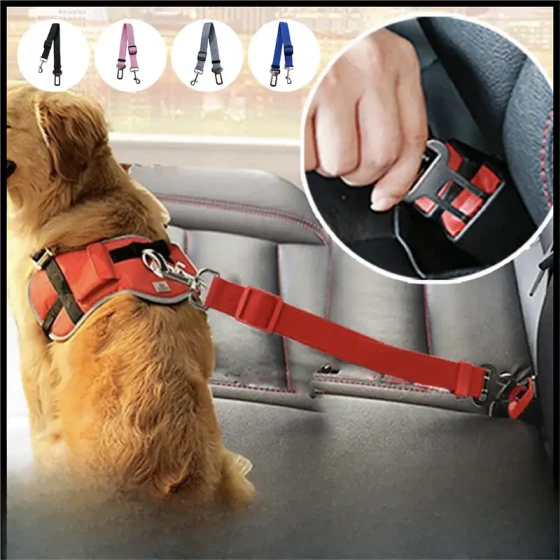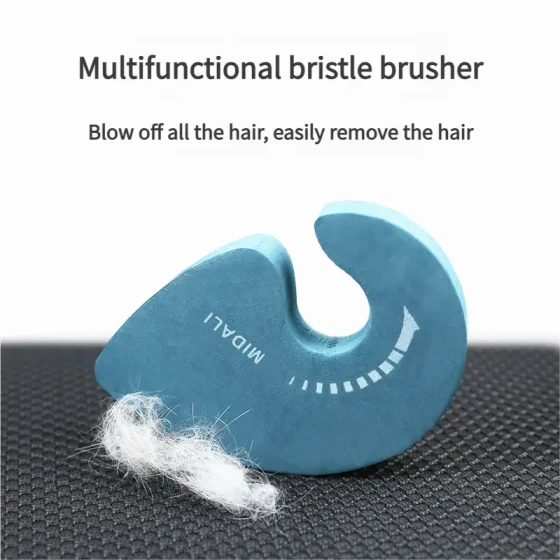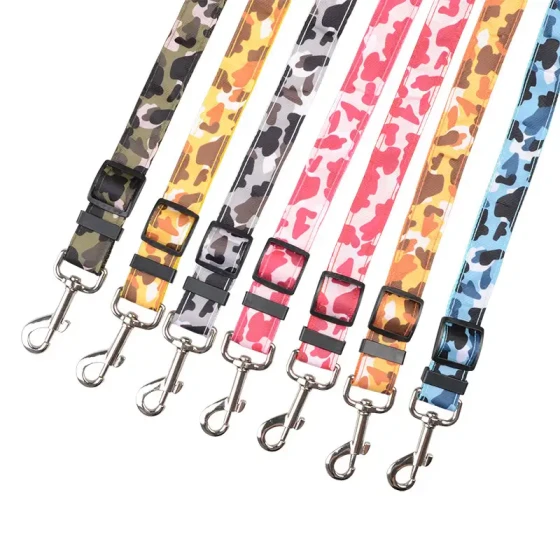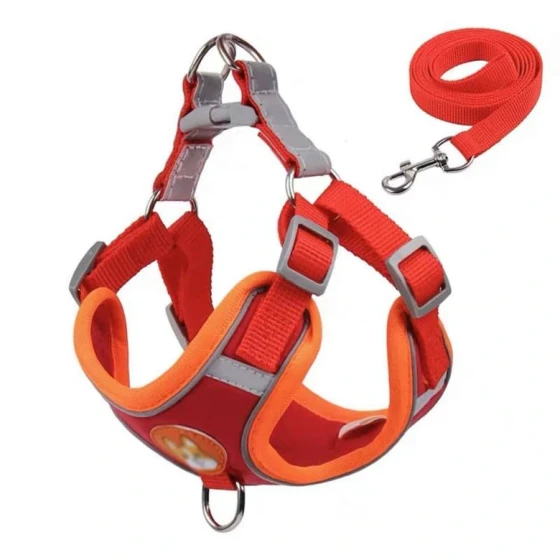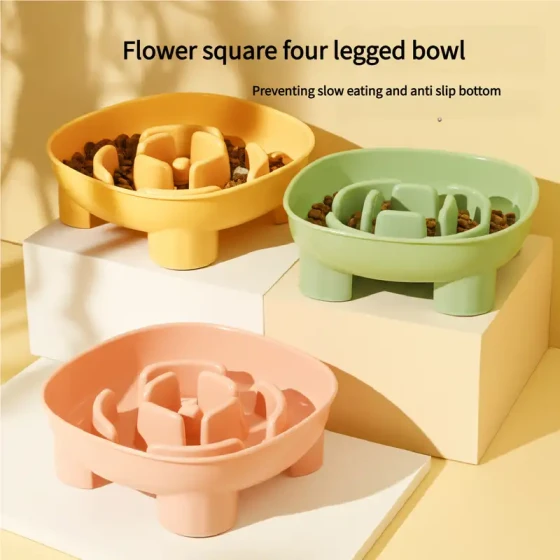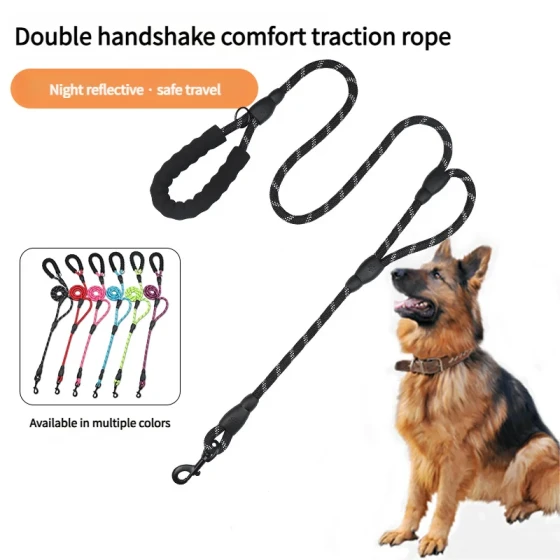Morphological Characteristics of the Ancient Bearded Sheepdog
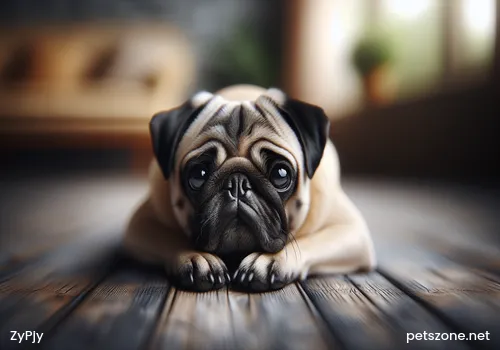
Ancient Bearded Sheepdog (Detailed Introduction)
The Ancient Bearded Sheepdog has always been one of the breeds favored by humans. Not only is it the best companion for people, but it is also an excellent working dog. It is a natural, unmodified breed. The ideal adult male ancient bearded sheepdog shoulder height should be approximately 21~22 inches; the adult female shoulder height should be about 20~21 inches. Heights below the above standards are considered serious faults. Strict adherence to this size standard ensures the Ancient Bearded Sheepdog remains a medium-sized dog.
Head
The head is proportionate to the body. The skull is flat and wide; the stop is moderate; the cheeks are located below the eyes; the muzzle is solid and full; the length of the foreface (muzzle) is roughly equal to the length of the skull (distance from stop to occiput). The nose leather is large and slightly square. A truncated muzzle is considered a fault.
Eyes: Large eyes with a gentle and friendly expression; the eyes are neither round nor protruding and are set well apart. The eyebrows are arched and parted to the sides, with sufficient length to smoothly join the fur on both sides of the head. (See 'Eye Color')
Ears: Medium-sized, pendant ears covered with long hair. They are on the same level as the eyes. When the dog is alert, the ear roots lift slightly.
Teeth: Strong and white teeth with a scissor bite. A full set of teeth is most ideal.
Neck
The neck length is proportionate to the body, sturdy and slightly arched, blending smoothly with the shoulders.
Forequarters
The shoulders slope backward at about a 45-degree angle; a straight line from the top of the scapula forward to the junction of the scapula and forearm forms a clear right angle with the line from that junction downward to the elbow. The scapulae lean against each other at the withers but incline sufficiently outward to provide ample rib expansion. The forelegs are straight and vertical to the ground, sturdy but not heavy. The bones are covered by fluffy hair, and the wrists are flexible without weakness.
Body
The body length is greater than the height, with a proportion close to 5/4. Body length refers to the distance from the forechest to the rearmost point of the rump; body height refers to the vertical distance from withers to the ground. The length of the back refers to the length of the thorax, excluding the loin. The topline is level. Ribs expand outward from the spine but are flat on both sides. The chest is deep, reaching the elbows. The loin is solid, with a level topline that blends smoothly with the rounded rump. A flat or steep rump is a serious fault.
Hindquarters
The hind legs are powerful and muscular, with moderately angled thighs and stifles. The hock is low. When viewed from behind in a normal stance, the hocks are vertical to the ground and parallel. Viewed from the side, the hind paws lie behind the vertical line of the rump's end. The hind legs are covered with fluffy coat.
Tail
The tail is set low, with a length extending to the end of the tailbone down to the hocks. When the dog stands normally, the tail hangs down, and the tip slightly curls upward. When the dog is excited or moving, the curl intensifies, and the tail may raise but must never curl to a vertical line. The tail is covered with abundant hair.
Paws
The paws are oval with thick pads. Toes are arched and compact, covered with hair (including between the toes).
Coat
The coat is double-layered, with a soft, thick, and dense undercoat. The outer coat is flat, coarse, sturdy, and fluffy, without woolliness or curling, although slight waviness is permitted. The coat naturally hangs down from both sides of the body and must not be artificially parted. The coat's length and density should be sufficient to provide protection and nicely outline the dog's shape, but it must never be so dense as to obscure the natural body contour. The appearance should be well groomed to appear natural and harmonious but must not be trimmed in any way. On the head and bridge of the nose, the hair is somewhat sparse, slightly long, draping to the sides and covering the lips. The hair length on the cheeks, lower lips, and jaw gradually increases toward the chest, forming the characteristic beard. Excessively long hair, silky hair, or any form of trimmed hair are serious faults.
Color
All Ancient Bearded Sheepdogs may be born black, blue, brown, or fawn, with or without white markings. As they mature, the coat color lightens. Dogs born black will turn to various shades of gray: from black to blue-gray to silver; dogs born brown will change to various shades from chocolate to sandy; dogs born blue and fawn also change to lighter or darker shades. White markings should appear only on the facial stripe, head, tip of the tail, chest, legs, paws, and around the neck. White should not appear on the body (the area past the withers) or around the eyes on the face. Brown markings are sometimes acceptable: these should appear on the eyebrows, inside the ears, cheeks, below the tail root, and on the legs, at the border between white and the base color.
Pigmentation
Pigmentation of the Ancient Bearded Sheepdog correlates with coat color. Dogs born black have black nose leather, eye rims, and lips; conversely, dogs born blue have slate-gray pigmentation; dogs born brown have brown pigmentation; and dogs born fawn have lighter pigmentation. The pigmentation color should be full and even, without spots.
Eye Color
The eye color generally matches the coat color. Dogs born blue or fawn may have slightly lighter eye colors, which is normal and not considered a fault.
Gait
Movements are free, smooth, and powerful. Full extension in the forequarters and strong drive from the hindquarters work harmoniously. The topline is level and steady. The paws lift just enough off the ground to give the impression that the dog is gliding. Movements are supple and flexible, enabling quick turns or sudden stops—skills essential for a sheepdog. Viewed from the front or rear, regardless of speed, the corresponding fore and hind limbs move in the same plane (from shoulder or hip to footpad). Legs are straight, but as speed increases, the paws converge inward, until at a fast run the paws come together under the body’s centerline.
